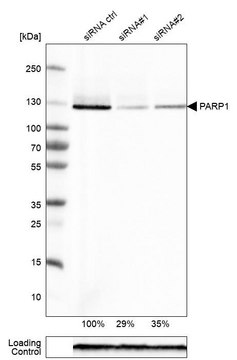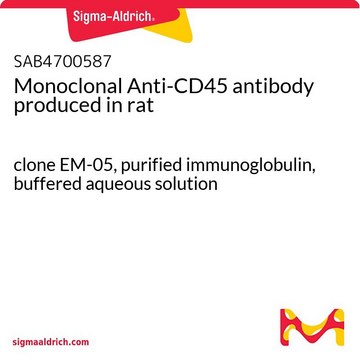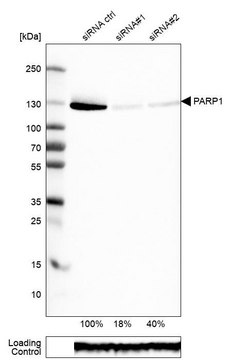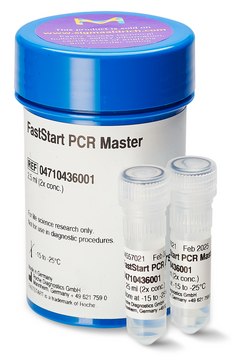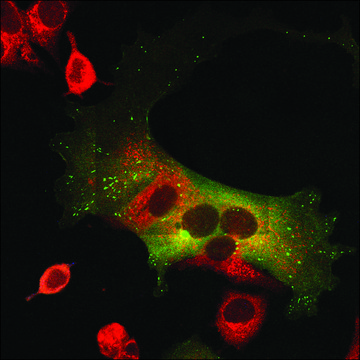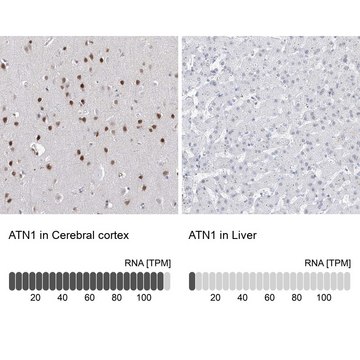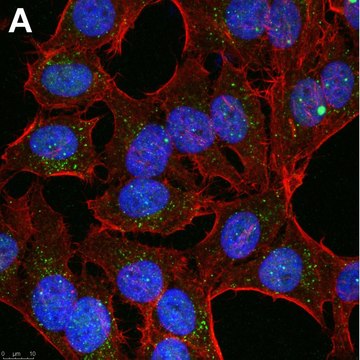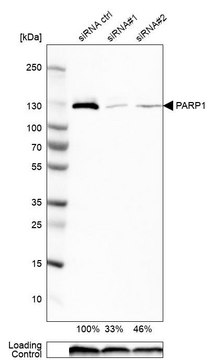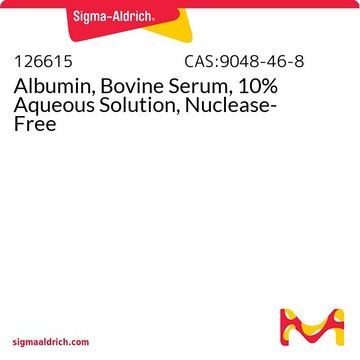General description
ColorWheel® technology is a novel and proprietary method of creating your own antibody and dye combinations for use in flow cytometry. By incubating any ColorWheel® antibody with any ColorWheel® dye, researchers can quickly and simply produce primary conjugated antibodies for use in single color or multicolor flow cytometry analysis. Each ColorWheel® antibody and dye is lyophilized for long long-term storage, allowing for simplicity and flexibility without compromise. ColorWheel® technology requires both ColorWheel® antibody and ColorWheel® dye for Flow Cytometry application.
We are committed to bringing you greener alternative products, which adhere to one or more of The 12 Principles of Green Chemistry.This product is Preservative-free, lyophilized product for enhanced stability and allow for ambient shipping and thus aligns with "Waste Prevention", "Designing Safer Chemicals" and "Design for Energy Efficiency".
Click here for more information.
Specificity
Clone SB46b is a mouse monoclonal antibody that detects human ERK1/ERK2.
Immunogen
Human recombinant ERK1/ERK2
Application
Quality Control Testing:
Evaluated by Flow Cytometry in MOLT-4 cells.
Flow Cytometry Analysis (FC): Staining of one million fixed and permeabilized Human MOLT-4 cells was performed using 5 μL of a 1:1 mixture of Cat. No. CWA-1068, Anti-Human ERK1/ERK2 (SB46b) ColorWheel® Dye-Ready mAb and Cat. No. CWD-PE ColorWheel® Antibody-Ready Phycoerythrin (PE) Dye or an equivalent amount of PE-conjugated Mouse IgG2a isotype control.
Note: Actual optimal working dilutions must be determined by end user as specimens, and experimental conditions may vary with the end user
Compatibility
Requires ColorWheel® Dye (Sold Separately)
Target description
p44-MAP kinase (UniProt: P27361; also known as MAP kinase 3, MAPK3, Extracellular signal-regulated kinase 1, ERK1, Insulin-stimulated MAP2 kinase, p44-MAPKMAP kinase isoform p44, Microtubule-associated protein 2 kinase, p44-ERK1) is encoded by the MAPK3 (also known as ERK1, PRKM3) gene (Gene ID: 5595) in human. p42-MAP kinase (UniProt: P28482; also known as Mitogen-activated protein kinase 1, MAP kinase 1, MAPK 1, Extracellular signal-regulated kinase 2, ERK-2, MAP kinase isoform p42, p42-MAPK, Mitogen-activated protein kinase 2, MAP kinase 2, MAPK 2) is encoded by the MAPK1 (also known as ERK2, PRKM1, PRKM2) gene (Gene ID: 5594) in human. ERK1/2 are evolutionarily conserved proline-directed protein serine/threonine kinases that are activated in response to a variety of extracellular stimuli and mediate signal transduction from the cell surface to the nucleus. They are activated in response to a diverse range of extracellular stimuli including mitogens, growth factors, and cytokines. They are activated by MEK1/2-catalyzed phosphorylation at their conserved Thr-Glu-Tyr (TEY) dual phosphorylation motif (Thr202/Tyr204 ERK1 ) and (Thr185/Tyr187 ERK2). In their activation scheme MEK1 binds ERK and phosphorylates either a threonine or a tyrosine residue and then dissociates. The monophosphorylated ERK then rebinds to an active MEK1 for dual phosphorylation and complete activation. Activated ERK1/2 phosphorylate Pro-Xxx-Ser/Thr-Pro sequence motif in hundreds of cytoplasmic and nuclear substrates, including transcription factors such as Ets, Elk, and c-Fos. Usually only one highly active form of ERK1 or ERK2 (dual phosphorylated) exists in the cell, exhibiting over 1000-fold greater activity than the unphosphorylated form. Within the cell, at any time, one may find three less active forms of ERKs: one unphosphorylated enzyme, and two singly phosphorylated forms that contain phosphate either at the tyrosine or threonine residue. ERK1/2 are known to regulate several physiological and pathological phenomena, including inflammation, apoptotic cell death, oncogenic transformation, tumor cell invasion, and metastasis.
Physical form
Lyophilized from PBS containing D-Mannitol and Sucrose, normal appearance is a dried pellet. Reconstituted antibody solution is stable and functional as assessed by functional testing. Contains no biocide or preservatives, such as azide.
Reconstitution
1.0 mg/mL after reconstitution at 25 μL in PBS. Please refer to guidance on suggested starting dilutions and/or titers per application and sample type.
Storage and Stability
Recommend storage of lyophilized product at 2-8°C. Before reconstitution, micro-centrifuge vials briefly to spin down material to bottom of the vial. Reconstitute each vial by adding 25 μL of PBS. Protect from light.
Legal Information
ColorWheel is a registered trademark of Merck KGaA, Darmstadt, Germany
Disclaimer
Unless otherwise stated in our catalog or other company documentation accompanying the product(s), our products are intended for research use only and are not to be used for any other purpose, which includes but is not limited to, unauthorized commercial uses, in vitro diagnostic uses, ex vivo or in vivo therapeutic uses or any type of consumption or application to humans or animals.
